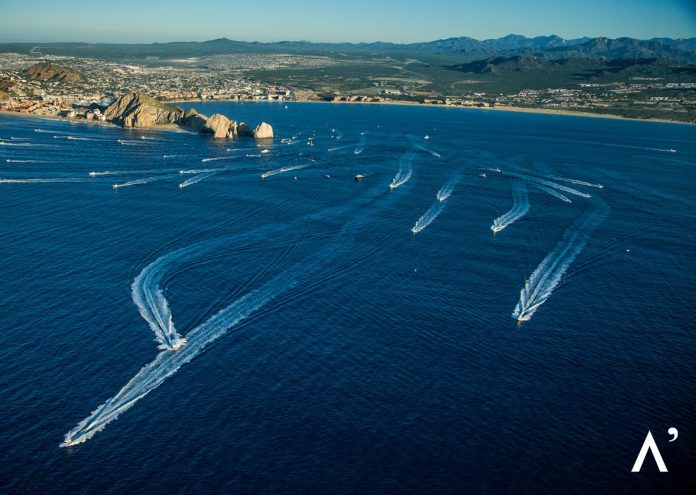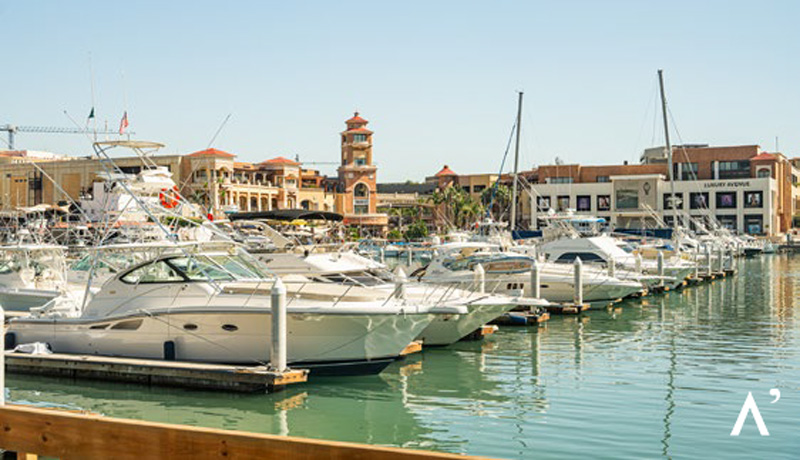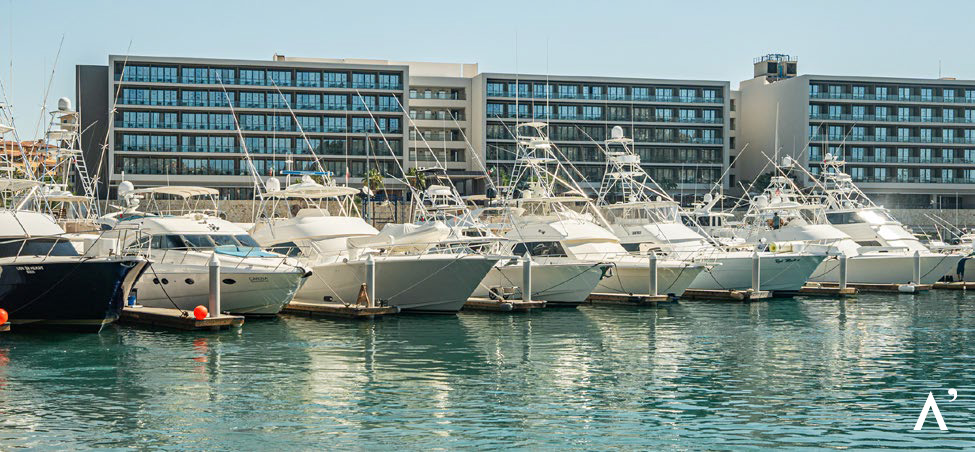Cabo San Lucas is known for its multiculturalism, which permeates its culture, gastronomy, hospitality, nightlife, and diverse activities, creating a unique lifestyle.
The geographical incident that originated the Arch and the Bay of Cabo San Lucas made it a natural space of great attraction for navigators and also for hunter-gatherers such as the Pericúes, who called the site Anicá, according to the Jesuit Sigismundo Taraval and Yenekamú, according to the record of Captain Esteban Rodríguez Lorenzo. The archaeological findings at Playa El Médano, written by archaeologist Harumi Fujita, confirmed the existence of ancient civilisations through certain caves and shells.
In the research of the Paceño chronicler Eligio Moisés Coronado, Cabo San Lucas was the first place that navigators called California, as they had heard of a legend of Amazons and pearls from the literary work Las Sergas de Esplandían -a chivalric novel- by the author Garci Rodríguez de Montalvo. Following the chronological line, Pablo L. Martínez, in The Family Guide to Baja California, wrote: “In the southern part, most of the immigrants were deserters from the whaling ships. The inhabitants of the region improperly called them pirates”.
In terms of history, the following stand out: the opening as a port of navigation, which was authorised for cabotage trade on January 31 1856; a study visit by the collector of marine species Janos Xantus between 1859-1861; and the authorisation to receive steamships from North American lines from San Francisco. When it was officially declared a town on September 5, 1885, commercial and livestock activities were boosted during the rest of the 19th century, and roads and trails were built from Cabo San Lucas to San Jose del Cabo and Todos Santos.
The lighthouse located on the Pacific Ocean side was installed on May 5th 1905; throughout its operation, several lighthouse keepers were dedicated to its operation, among them Rafael Tomás Sandoval Mantecón, Agustín Payén Salazar, Marcos Payen Sandoval, Miguel Ángel Herrera Morales and Néstor Herrera. For over 50 years, the lighthouse guided all vessels through these seas and remained uninterrupted until 1965, when a major hurricane destroyed its mechanism. Despite the devastating impact, the building has stood firm. The Old Lighthouse symbolises resilience and is a testament to remarkable feats.
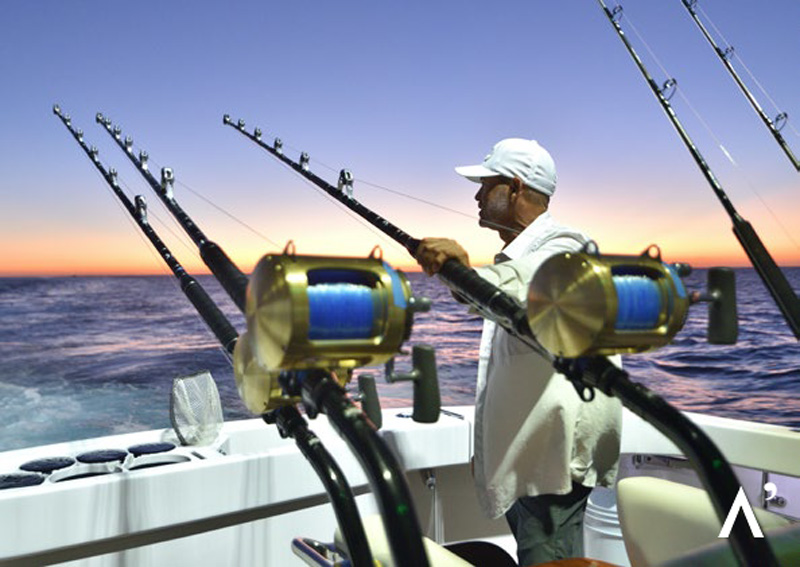
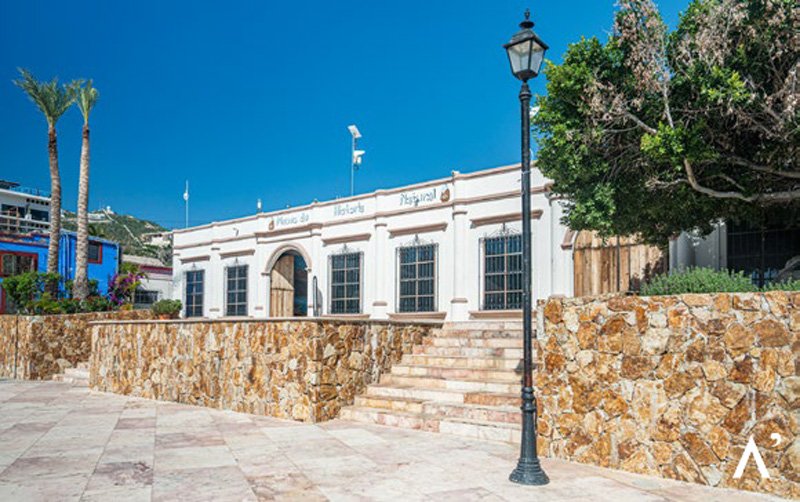
Industrial development began in 1927 with the constitution of the Compañía de Productos Marinos S.A., in which the brothers Luis and Carlos Bernstein invested, an industry that later became part of the companies of Don Abelardo L. Rodríguez and, from 1948, of the firm Elías Pando. The economic boom of the port was centred on the activities derived from the seafood packing industry for almost half a century.
Hotel development began in 1962 with the opening of the Hacienda Hotel by Abelardo L. Rodriguez, who already had Rancho Las Cruces (1948) in La Paz and Hotel Palmilla (1956) in the Tourist Corridor. In 1969, the Finisterra Hotel was inaugurated, a partnership of Luis Coppola Bonillas and Luis Bulnes Molleda; in 1972 the Mar de Cortez Hotel of Manuel Angulo Cárdenas, Carlos Ungson Yee, Rogelio Bosques Barba, David Francisco Yee Sánchez, Luis Chi Sin Qun and José Rivera Casas, started operations in the centre and 1974, the Solmar hotel opened under the direction of Luis Bulnes Molleda, who had previously managed the packing house, and his wife Conchita Malo de Bulnes.
The bay of Cabo San Lucas was declared a Natural Protected Area in 1973. It is the heart and engine of tourism development. Whale sightings are frequent, and the area is one of the most sought-after for diving due to its rich marine fauna, spectacular rock formations, and excellent underwater visibility.
1974 was also the year of the territory’s conversion to the Free and Sovereign State of Baja California Sur. In Cabo San Lucas, a ferry route was opened between Cabo San Lucas and Puerto Vallarta. On February 24, 1977, Cabo San Lucas achieved city status and remained a municipal delegation. It achieved rapid development and became the most important tourist port in the state.
This year marks the 44th edition of Bisbee’s, the sport fishing tournament series. The port’s growth is closely linked to the success and expansion of the tournaments, which are known mainly for their million-dollar prizes and attract fishing enthusiasts from all over the world.


